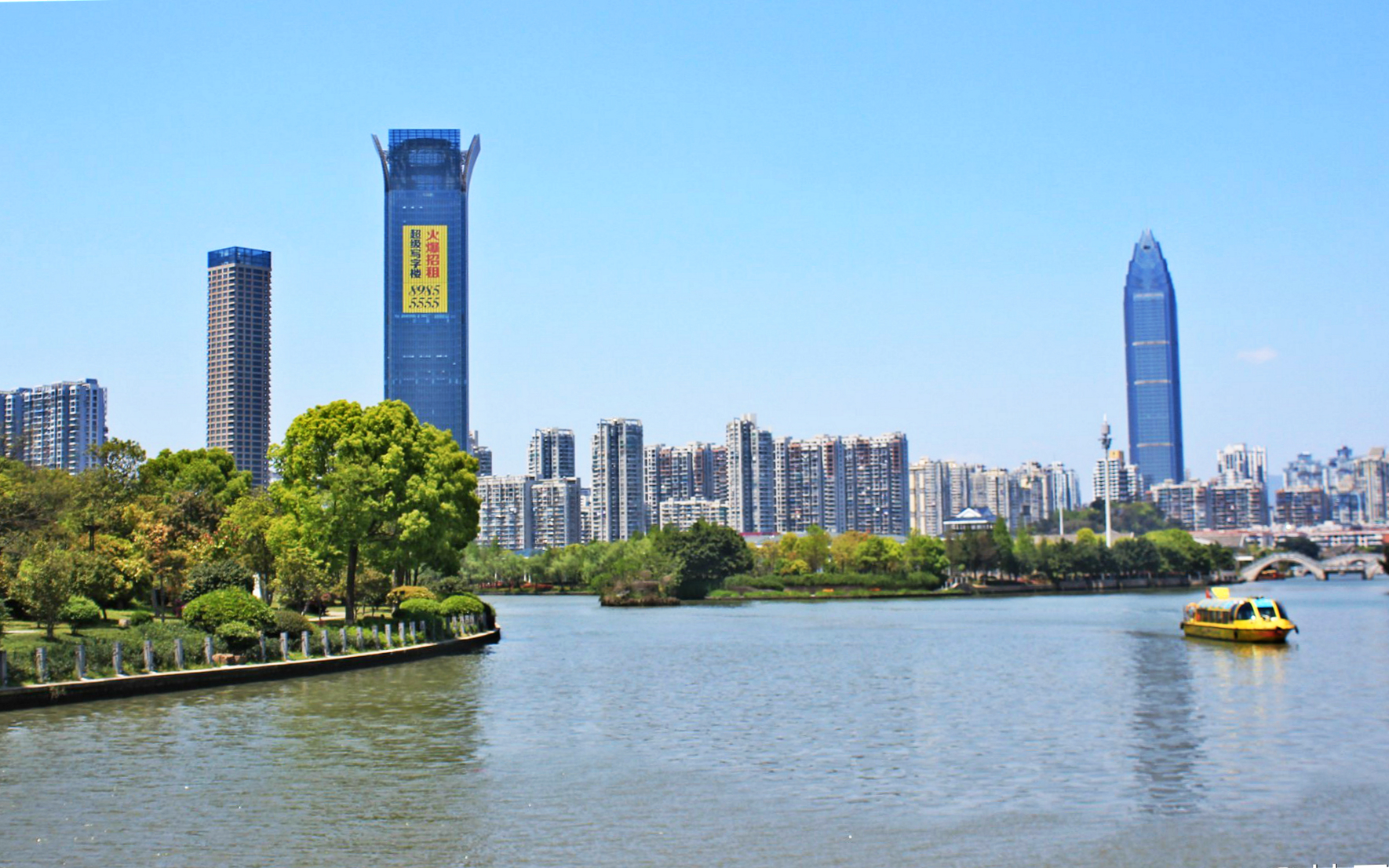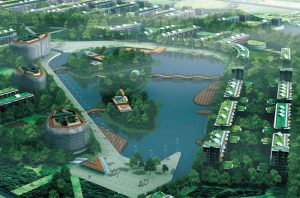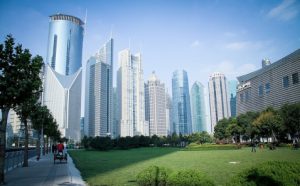China’s accelerating transformation from a rural to an urban society has unleashed huge changes in the nation’s economy, social structure, and the look of its fast-growing cities. Every Chinese cityscape is filled with construction cranes as block after block of tall, often identical, concrete building frames rise into the skies above. Most will be be completed and occupied, but some not. And too often the first public realisation that a new development is starting is the arrival of a bulldozer in the neighbourhood.
Thus two frequent criticisms of this process are that it all looks alike, and it happens with little public notice or oversight. Newly-built zones of Chinese cities are often conceived through a monolithic emphasis on scale, with minimal acknowledgment of local circumstances – ecological, historic, political, economic – that typically inform how buildings are designed and constructed in the west.
Often, the decisions behind transformative urban development are opaque to a local audience, the result of a top-down administrative structure. A paradox is at play in how Chinese society views growth in their cities. On the one hand, many residents take pride in this extraordinary phase of building activity, and the important changes to China’s status it represents. The economic benefit of urban migration is tangible and has sustained the economic transformation of China for several decades.Yet the awareness of and affiliation for history in Chinese cities, often manifested as local pride, is profound.
Many Chinese cities use urban planning exhibition halls as a forum to present these competing themes and they tend to follow a rather predictable formula. Usually composed of a section incorporating the local history as well as a model of the city as it looks presently, these miniature buildings use lights to demonstrate new developments and the emphasis on infrastructure and growth. Shanghai’s Urban Planning Exhibition Center in Peoples’ Square is a notable example, with six floors culminating in a vast physical model of the city as it will appear in 2020, when many approved construction projects will be complete.
But a new example of this exhibition pavilion sets a higher standard than Shanghai, both in the quality of the presentation, and in its engagement of the public in the planning and development process. Wenzhou, in Zhejiang province, is about to dedicate its new City Planning Exhibition Center. Translated from the Chinese, the exposition is entitled: "World-renowned beautiful and smart city," and is intended, in the words of one municipal planner, to be "a window for the public to understand and participate in our city planning”.
Wenzhounese people value their local history, and the new centre represents the past in great depth, including physical models and digital animations to depict the early history of the city over a thousand years ago.
Entrepreneurship
That awareness of the past helps inform the audience about the principles that will guide future development and planning decisions, and the kind of projects that will result. It showcases the natural resources and landscape that defines the region, where mountains and water – rivers, wetlands, and the sea – dominate.
Wenzhou has a reputation in China for entrepreneurial flair and business acumen, displayed both at home and abroad through a wide diaspora. It’s also a city long-known for its manufacturing expertise, and electrical engineering companies in the city are in partnership with international conglomerates GE and Schneider, churning out low-voltage technology installed in new factories, office buildings and apartment blocks that literally have powered the country’s economic growth.
The Zhejiang city was also one of the first urban areas in China to take part in the opening of the Chinese economy to market forces, largely through broad public participation in shareholder co-operatives.
Theme park experience
And besides a long, distinctive history and prominent economic profile to draw upon, more practically the city has made its exhibition centre very good fun to visit. Clever use of multimedia and immersive exhibits help turn a civics lesson about planning into an amusement park. One can ride a bicycle through a virtual display of the new waterfront area, or drive a motorboat through the canals and water courses in the redeveloped centre of Wenzhou. Again, it is all done on an interactive screen.
But the main achievement of the exhibition is a series of digital film theatres that provide moving animations of the city in all phases of its history.
A 4-D cinema uses state-of-the-art movie theatre seats – where one is literally strapped in – and the use of specialised glasses to give the sensation of flying through the city.The level of detail that is represented is stunning: imagine Hollywood animation describing the past and present of your home town.







